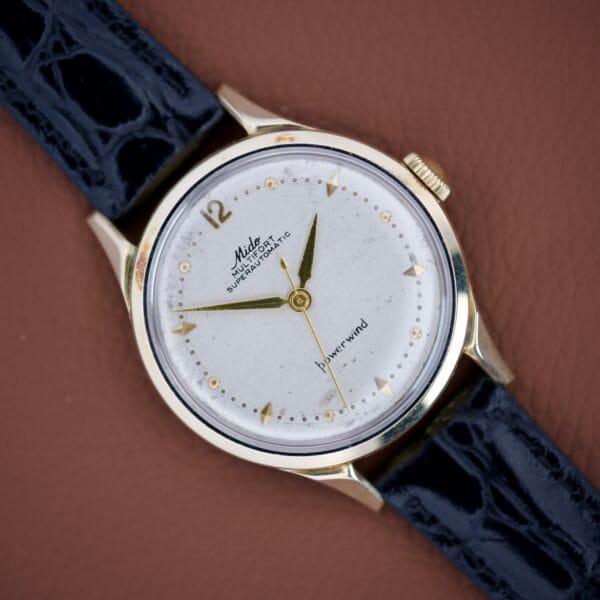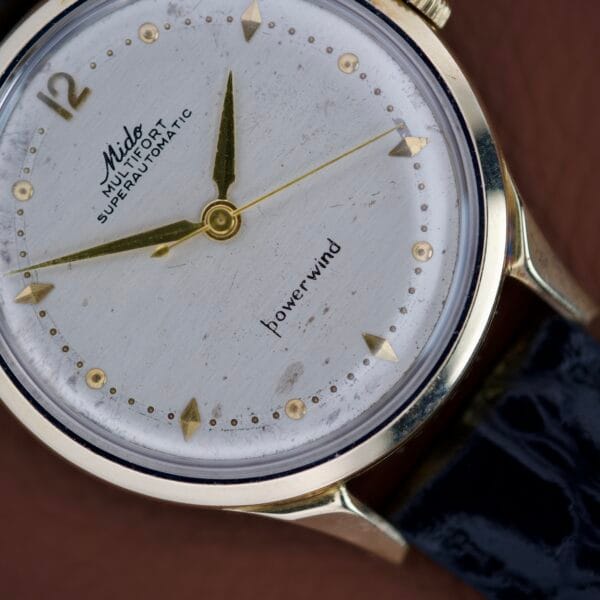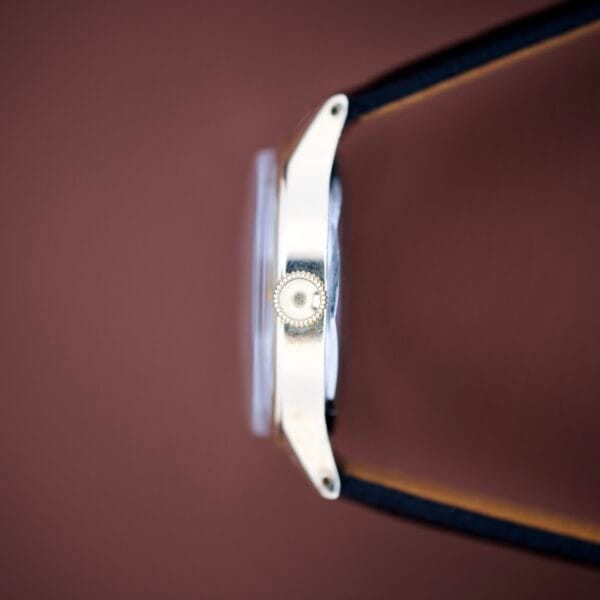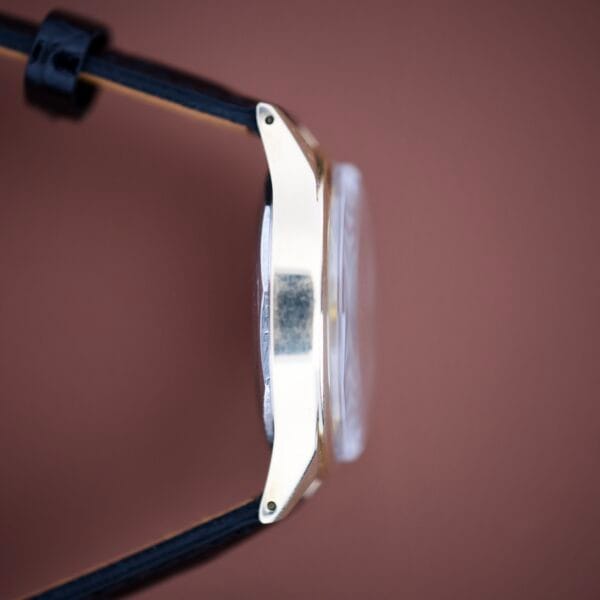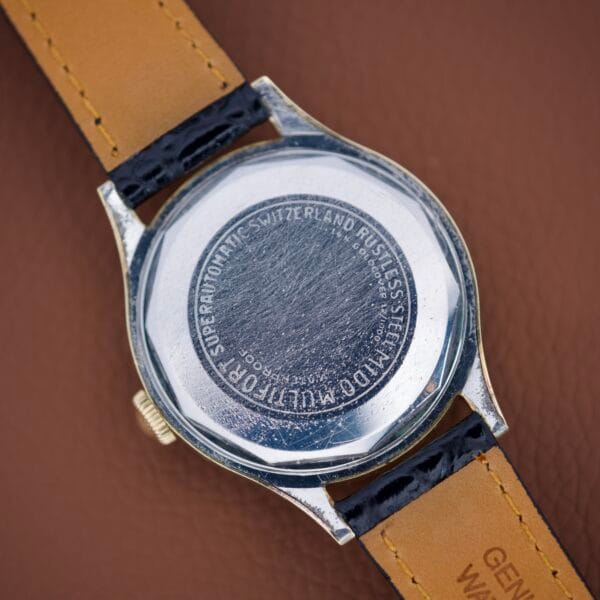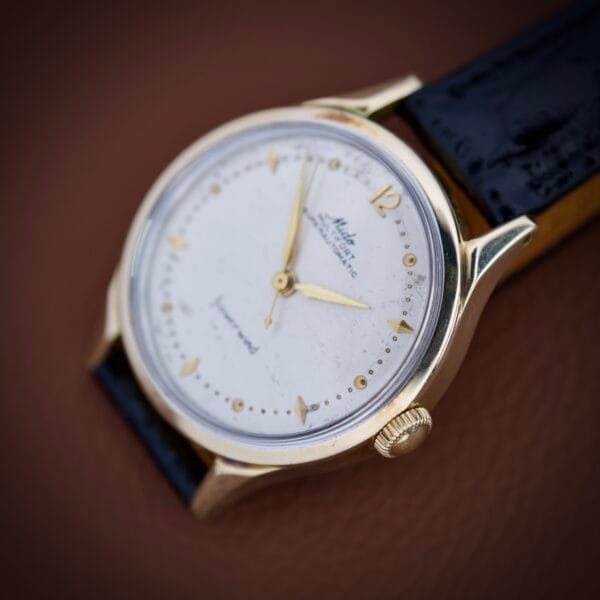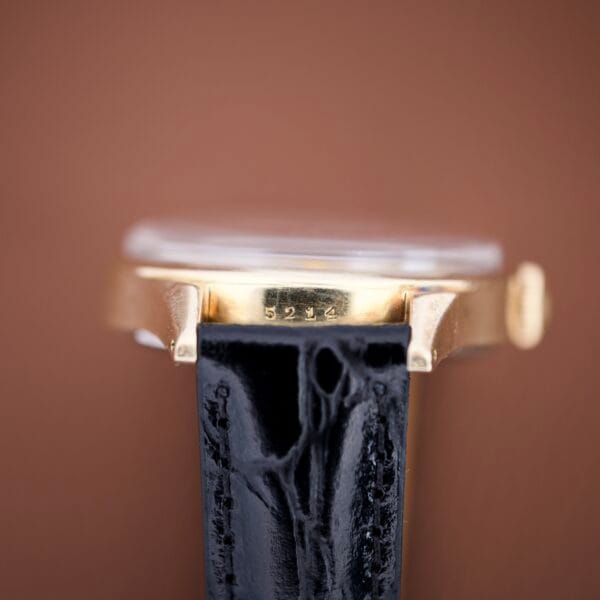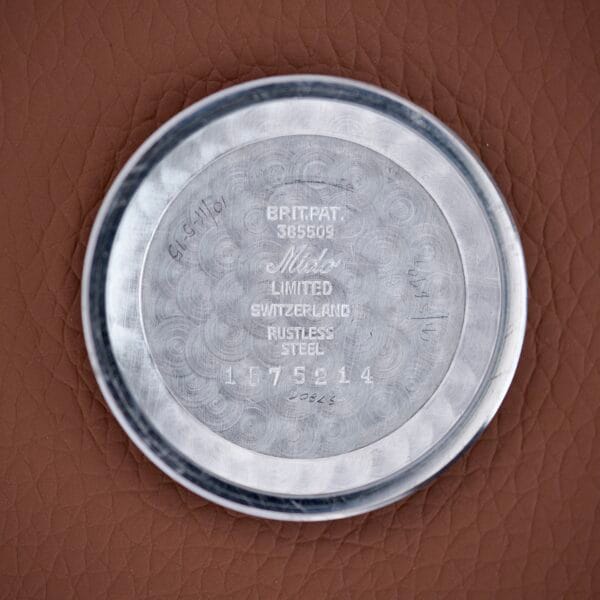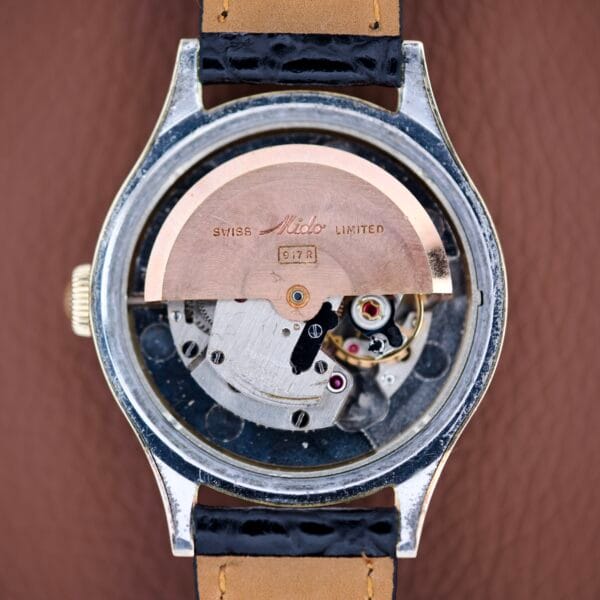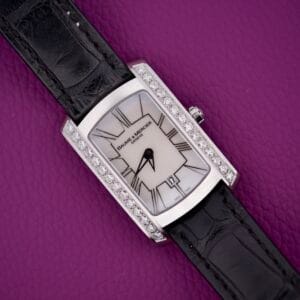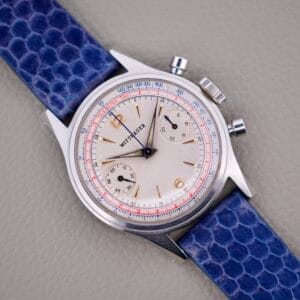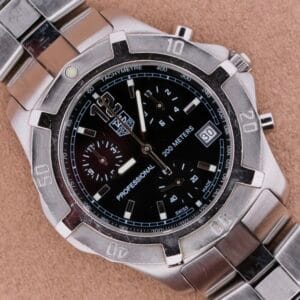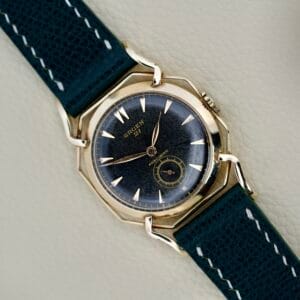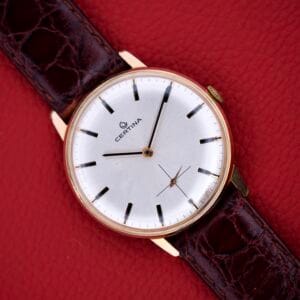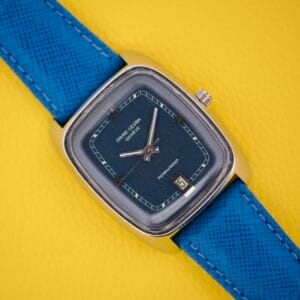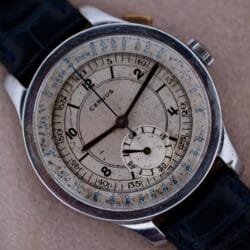Mido has always been a brand for the true enthusiast, a watchmaker’s watchmaker, consistently pushing the boundaries of technology while maintaining a timeless design ethos. While the Multifort line itself was already legendary for its durability, the introduction of the “Powerwind” system in 1954 was a monumental leap forward. This wasn’t just a new watch; it was, at the time, the world’s most efficient and simple automatic winding system, and it cemented Mido’s reputation as a leader in horological innovation.
The history of the self-winding watch is a fascinating one, moving from early “bumper” systems to the full-rotor automatics we know today. The Mido Powerwind was a crowning achievement in this evolution. By reducing the number of winding components from 16 to just 7, Mido’s engineers created a system that was not only incredibly robust and easy to service but also far more efficient at translating the wearer’s motion into power for the mainspring. The heart of this revolution was the Caliber 917R, a fantastic and reliable movement that powered these watches. Finding a watch from this pivotal period is to own a genuine piece of watchmaking history.
This particular Multifort Powerwind from the mid-1950s is an absolutely beautiful and elegant example. It elevates the rugged Multifort spirit with a sophisticated 14k gold-capped case. This technique, which involves bonding a thick layer of solid gold to a stainless steel base, offered the look and feel of a solid gold watch but with superior durability, a perfect reflection of Mido’s practical yet refined philosophy. The 34mm case wears beautifully, with elegant, sweeping lugs that give it a graceful profile. The dial is pure mid-century perfection: a silvered surface punctuated by applied gold-toned dart and arrowhead markers, with a classic Arabic numeral at 12 o’clock.
This watch presents in truly wonderful, honest condition. The silver dial has developed a light, charming patina with some minor spotting, giving it a soulful character that can only be earned over time. We would call it a ‘stardust’ dial, and it’s something collectors actively seek out. The dauphine hands are sharp and correct for the reference. The gold-capped case is in excellent shape for its age, with some minor brassing on the high points of the lugs and bezel, which is entirely consistent with a well-loved watch of this vintage. The case back is stainless steel, as is correct for a gold-capped model, and it retains its clear factory markings.

